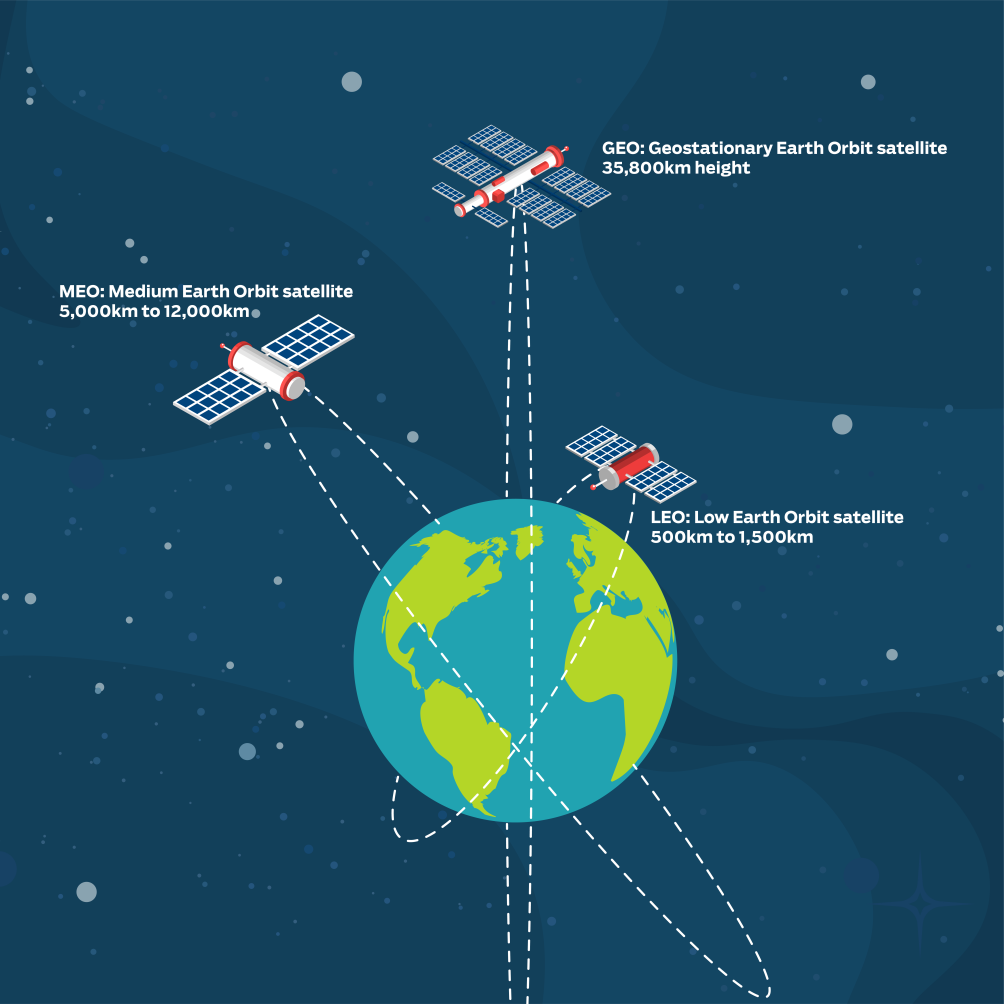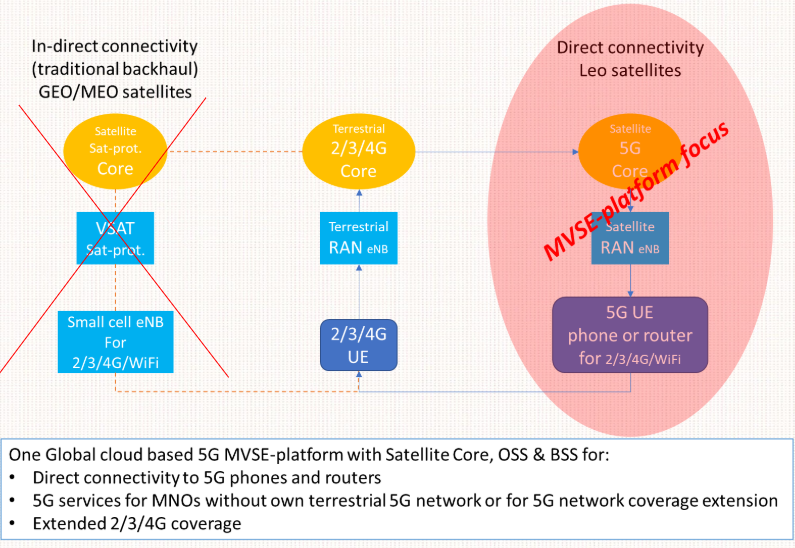-
 Phone
Phone+44 741 747 6709
+34 722 288 014
-
 Contact
Contact
 Phone
Phone+44 741 747 6709
+34 722 288 014
 Contact
Contact
Satellite internet has been around for quite a while but up until now it was considered like the “service of last resort” for a restricted number of people who live in places that can’t be reached by the cable.
The technology wasn’t fast and reliable enough and it was very expensive to send into space huge and heavy piece of equipment, that can weight up to 11 tons.
Things are about to change very soon thanks to an amazing new wave of innovation in the space sector that sees small satellites constellations as a solution to foster a space-based internet connection service that can reach every single place on the globe and is preparing to disrupt traditional home broadband services.
A big shift in satellite internet services is coming thanks to the Low Earth Orbit satellites, a new kind of satellites that are designed to orbit between 400 and 1,000 miles above the earth’s surface.

Unlike traditional satellites, they are much smaller and lighter and definitely much cheaper. They already cost around $1 million and it is about to drop in a very short time thanks to the standardization of many satellite parts and the production on assembly lines. It is an industry that is gradually becoming less and less capital intensive.
This has the potential not only to grow the number of satellites around the earth, but also to change the management of the satellites constellations: with a much cheaper and numerous satellites, a company can decide to integrate or replace many satellites or an entire constellation if things don’t work properly.
Many expect the LEO industry so literally “skyrocket” in the near future, presenting many ground-breaking opportunities as technological progress advances.
It is a big deal for the future of internet, because a satellite constellation was once an enormous and expensive effort. In the recent years satellite design changed, making building, launching, and operation of “smallsat” constellations increasingly feasible.
In order to achieve a global coverage with LEO satellites, large constellations are required, indeed they are made up by thousands of small satellites instead of few bigger ones. With this large LEO constellations can provide a constant and 100% world coverage.
LEO satellites are a relatively new technology and there is a number of companies that are pioneering new solutions.
The new private sector space-race is now open with the aim of building massive low earth orbit satellites constellations that can really bring high-speed wireless internet access to every corner of the world, a market that is very attractive.
The following here are just some of the biggest and more promising projects, big plans that overshadow our current satellite infrastructure:
Satellite communications will also be an essential part of the 5G infrastructure. The satellite transport conduit will be integrated into the overall available communication map. Service providers will need to provide seamless connectivity between terrestrial and satellite. Traffic will be dynamically steered to the best transport options available according to bandwidth, latency, network conditions and other application-specific requirements. A suite of orchestrators will make this steering decision. This interworking between terrestrial and satellite is now well recognized and promoted in the 3GPP standard.

Full integration within the virtualized architecture will apply to satellite as well, beginning with the network core and then expanding to the edge. Management of the NFV infrastructure will be performed through a MANagement and Orchestration (MANO) framework.
This architecture allows easy integration of multiple applications. A virtual Evolved Packet Core (vEPC) application could extend local call switching possibilities. A Mobile (or Multi-Access) Edge Computing (MEC) platform could host different applications like caching and multicast which can help reduce latency and improve Quality of Experience (QoE) for the users.
In co-operation with the global leading platform provider Plintron we offer to our clients a platform which will provide seamless connectivity between the new LEO satellite constellations and terrestrial 2,3,4G and 5G services, as such extending the limited coverage of these terrestrial cellular networks and leveraging the immense base of billions of cellular handsets already being used around the world today to facilitate an easy and quick adoption of these new satellite services by end-users, as well for augmented 5G services in developed, as for extended 2,3 and 4G services in developing countries, as such playing a decisive role in really closing the digital divide.

Because we possess extensive experience in both the terrestrial telecom and satellite industry we are able to merge the best of both these worlds into the most appropriate solutions for your company or your clients, and choose the satellite constellation that has the best fit with these needs.